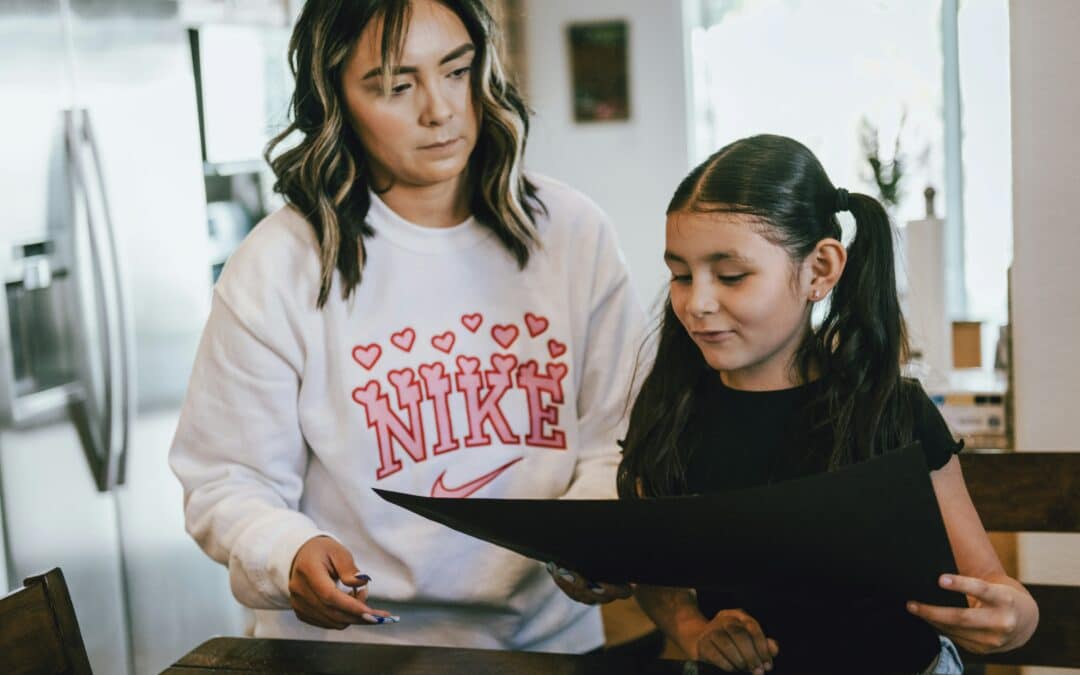Learn how to teach your kids Spanish at home, even if you don’t know it with this guide.
The Challenge of Teaching a Language You Don’t Know Fluently
As parents, we often find ourselves in situations where we want to give our children skills and knowledge that we ourselves may not possess. One common scenario is wanting to teach our kids a second language, particularly Spanish, even when we’re not fluent ourselves. This article will explore practical strategies for parents who want to introduce Spanish to their children, regardless of their own proficiency level.
Why Spanish? The Benefits of Bilingualism for Children
Before diving into the ‘how’, let’s briefly touch on the ‘why’. Learning a second language, especially Spanish, offers numerous benefits for children. According to a study reported by Forbes, bilingual employees earn on average 5-20% more per hour than their monolingual counterparts. Moreover, the Wall Street Journal reports that the demand for bilingual workers has more than doubled in the last five years.
Three Strategies for Teaching Spanish to Your Kids
1. Use What You Know: The Power of Consistency
Even if your Spanish vocabulary is limited, consistently using the words and phrases you do know can make a significant impact.
For instance:
- Always use “manzana” instead of “apple”
- Incorporate simple Spanish phrases into daily routines
- Label household items with their Spanish names
While this approach may seem basic, it lays a foundation for language learning and creates a bilingual environment at home.
2. Share Everything You Know: Embracing Imperfection
Don’t let perfectionism hold you back. Share all aspects of Spanish that you’re familiar with:
- Teach simple songs or rhymes: Youtube! Spotify!
- Read Spanish children’s books together, even if you struggle with pronunciation. Buy these on Thriftbooks.com and look up words together if you’re not sure. And use Forvo.com to help you with pronunciations.
- Watch Spanish-language children’s shows (Netflix will put almost anything in Spanish, and Disney has these options too) and discuss them by asking questions while watching. You don’t have to let it be completely passive. Interact with your child while watching. If you can tell that the kid on the TV is saying ‘throw the ball’, then jump up and act out throwing the ball together, while saying ‘thow the ball’.
Remember, exposure to the language, even if imperfect, is valuable for children.
3. Seek Professional Help: The Value of Native Speakers
If your Spanish skills are limited, consider bringing in professional help:
- Hire a Spanish-speaking nanny or babysitter for a consistent amount of time each week. Even if it’s playing together for 4 hours every Sunday, you can add up that time and get in 208 hours a year this way. This is QUALITY TIME as well – your kids will be getting one on one time with the language and get precious time to respond and interact, which is much better than a huge group of kids just listening to a teacher. Time to use the language and respond is KEY.
- Enroll your child in Spanish language classes
- Use online resources like TruFluency Kids Spanish, which offers online group classes – trial classes are $9.
The Investment in Language Learning
While hiring a Spanish-speaking nanny (around $30,000 a year, or even part time is great!) or enrolling in a bilingual daycare (about $15,000 annually) might seem expensive, consider the long-term benefits. According to NPR, workers who speak English and Spanish can earn an additional $567,722 over their lifetime compared to monolingual workers.
Continuing Your Own Language Journey
As you help your children learn Spanish, consider continuing your own language education:
- Take Spanish classes alongside your children
- Use language learning apps for daily practice (don’t rely on this heavily – you need real interactions to get more confident speaking and building your vocabulary)
- Watch Spanish-language media to improve your comprehension
The Impact of Partial Fluency
Even if you’re not fully fluent, your efforts can have a significant impact:
- You’re training your child’s ear for future language learning
- You’re providing a foundation that can be built upon in formal Spanish classes
- You’re fostering a positive attitude towards language learning
Overcoming Frustration and Embracing Progress
It’s natural to feel frustrated when you can’t express everything you want in Spanish. However, remember that language learning is a journey, not a destination. Celebrate small victories and progress, both for yourself and your children.
The Global Advantage of Spanish
Spanish is the second most spoken language in the world by native speakers, with over 489 million speakers worldwide, according to the Instituto Cervantes. By introducing your children to Spanish, you’re opening doors to a vast global community.
Conclusion: Every Bit Counts
While it may seem challenging to teach your children a language you’re not fluent in, remember that every word, every phrase, every HOUR IN THE LANGUAGE and every cultural tidbit you share contributes to their language learning journey. By combining your efforts with professional resources and maintaining consistency, you can give your children the gift of bilingualism, setting them up for future success in an increasingly global world.
Whether you’re just starting with “hola” or you’re ready to dive into more complex conversations, your commitment to introducing Spanish to your children is a valuable investment in their future. So don’t hesitate – start your family’s Spanish adventure today!


